Five-Point Inspection: 2012 Hyundai Veloster

Welcome to AutoGuide’s first Five-Point Inspection. Like a car review written in jot note form, we detail five particular attributes of a vehicle to highlight those we like and those we don’t like.
It’s also a space to examine and explain notable features to help make you a more educated car shopper.
Today, we have the 2012 Hyundai Veloster, a competitor in the sub-compact vehicles market. Here’s our Five-Point Inspection:
Design is inherently subjective, but even if you’re not a fan of the Veloster’s looks, you have to admit this Hyundai catches everyone off guard with its unique style.
Curves and angles flow from the Veloster, which is something you normally wouldn’t expect in the subcompact and compact market segment. At the front are LED eyelids as parking lights, at the rear there’s a central exhaust with two pipes, while at the car’s four-corners are massive 17″, or 18” rims with painted inserts.
Similarly, the interior drips with style, something you normally only get on vehicles that cost twice as much. Of note is a V-shaped center stack that changes the normally boring HVAC controls into something that stands out.
There’s a definite disconnect when it comes to the Veloster’s pricetag and amenities, and the consumer wins out. A standard seven-inch touchscreen is a nice start, and solid touch for a car aimed at a younger generation of drivers. With the $2,000 Style package the Veloster also gets a 450-watt, 8 speaker sound system, which also has a subwoofer and external amp.
Pair that with the car’s native iPod hook up, or auxiliary-in port (for non Apple devices) and you’ll be jamming out no matter what you listen to. Furthering the Veloster’s media credentials is its included RCA cables, and an available 115-volt outlet making it possible to hook up a gaming console or DVD player to watch on the screen while parked.
The Veloster even has a game that measures your driving style, and awards points on how ‘green’ you’re driving. It’s a clever twist on the usual MPG read-out and is actually useful as a learning tool for drivers.
While many of those features are standard, there’s also the $2,000 Tech package add-on, that features parking sensors, backup camera and a navigation system that passengers can work while driving. Altogether you’ve got a geek-fest on wheels for below $25,000.
All four-seater coupes have the same problems. For starters, when someone is in the back, its never a graceful entrance or exit. Then when you’ve got to pick someone up when there’s already a passenger riding shotgun, there’s always the awkward passenger shuffle.
The Veloster helps solve this issue with its third door, which is accessible on the passenger side. It proved handy during testing, although rear-seat passengers still complained about headroom and other compromises, expecting the extra door treatment for everything in the back.
Safely positioned curbside, additionally, those with dogs can easily load bigger mutts using the third door.
The styling of the Veloster is its biggest problem too. It’s hard not to look at the unique little coupe and imagine it zooming through the streets. It must be a blast to drive, right?
Well, while the Veloster isn’t unbearably slow, its looks promise something faster and more exciting than the car delivers on. Despite the quick-shifts of the dual-clutch transmission, for those looking for a more engaging ride, it would serve you well to grab a six-speed manual. The car does react quite decently, but its tiny 138-hp, 1.6-Liter direct injection (GDi) engine needs constant shifting to get going in any hurry.
Perhaps Hyundai attempted to appeal too much to the sensible buyer, rather than an emotional one? After all, Hyundai promises 40 mpg on the highway, and the car’s dual-clutch transmission is dubbed “eco-shift” which hints at it’s fuel-economy prioritized shifting habits.
Those looking for more power, the answer lies in the 201-hp Veloster Turbo launching this summer, which starts at a still affordable $22,725.
The most confusing part of the Veloster is its ride. A car as light as the Veloster, with a modest engine should be able to handle, but understeer vanquishes all prospective steering feel, and the rear end gets squirrely under pressure, and in high-speed bumps – likely the result of the torsion beam rear axle.
The low-profile 18-inch tires provided a stiff ride, which is particularly unpleasant over rough pavement.
Thankfully, steering feel is decent and absent is the numb feel most Hyundai’s suffer from. In low speeds the steering is light and lively and at high-speeds the Veloster feels solid. Taken to its limits is when the Veloster underperforms, an expected compromise for a car of this size and price tag.
Looking to buy a Hyundai Veloster? See all the available trim levels, build your own car, compare with other vehicles and even get a price quote in the updated AutoGuide.com New Cars Section.
Click here to start your Hyundai Veloster car shopping search.
Plus, check out the rest of the Hyundai lineup here.

Sami has an unquenchable thirst for car knowledge and has been at AutoGuide for the past six years. He has a degree in journalism and media studies from the University of Guelph-Humber in Toronto and has won multiple journalism awards from the Automotive Journalist Association of Canada. Sami is also on the jury for the World Car Awards.
More by Sami Haj-Assaad



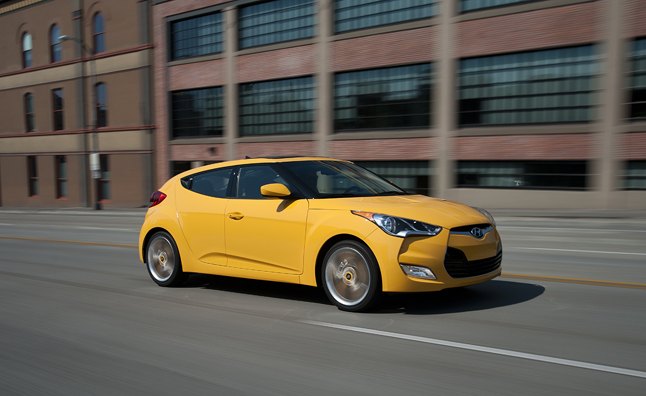



















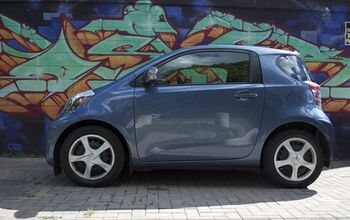

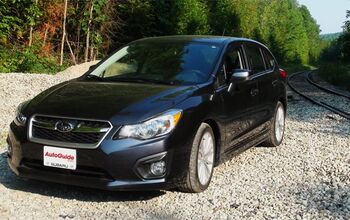
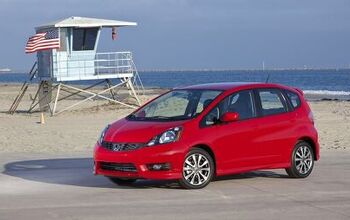
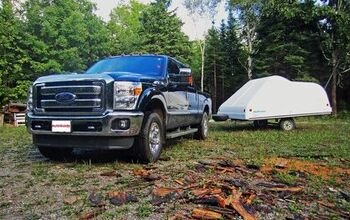
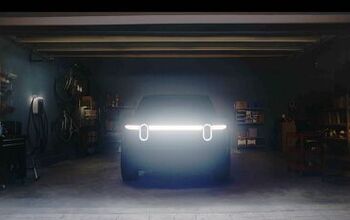


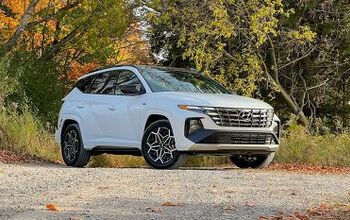
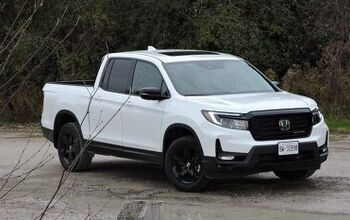
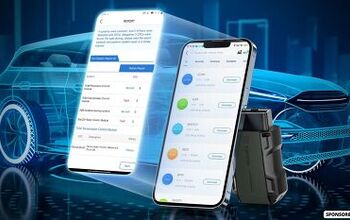



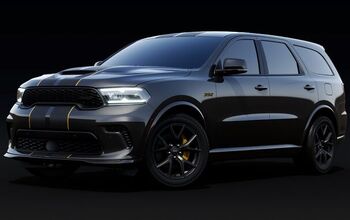
Comments
Join the conversation
Haha, this car looks like a fat mouse, how ugly.
Its also a space to examine and explain notable features to help make you a more educated car shopper.